Attention runners! Are you taking all the necessary precautions to avoid injuries? Use this checklist to make sure you are on the right track to continue running injury-free well into the future.
download the injury prevention checklist
Do you properly warm up and cool down?
Take 5-10 minutes before each run to warm up. I recommend a mix of foam rolling and dynamic stretches. Dynamic stretching is when you move the joint through the full range of motion. It is an active stretch, unlike a static stretch that you would hold for 30 seconds. Great dynamic stretches before running are leg swings, walking lunges and squats.
After your run take 5 minutes for static stretching (hold each stretch for 30 seconds).
Do you wear running-specific shoes and replace them every 500 miles?
A good pair of running shoes will provide the support you need to run safety and help prevent injury. If you are putting in significant miles each week, like someone who is training for a marathon, I would recommend having two pair of running shoes and rotating the shoes every other run. Mark on your calendar (or in your training log) when you buy new shoes and keep track of the milage. Replace every 500 miles.
Do you build distance and intensity gradually, no more than 10% a week?
One of the big mistakes runners make is doing too much too soon. Listen to your body. Build your milage gradually, never more than 10% increase a week and every fourth week, reduce your milage. Building milage slowly is the best way to prevent injury. You'll hopefully be running long into the future, there is no need to rush anything.
Do you avoid increasing both distance and intensity in the same week?
If you add additional miles to your training log, don't also add increased intensity speed work. I usually block my training cycles to meet specific goals, I am either training to increase milage (like for a half marathon) or to improve speed, but never both in the same week.
Do you limit speed work and hard effort sessions to 2-4 times a week?
Most runners need just 2-3 days a week of effort sessions. Effort sessions include anything outside of easy runs, for example, hill repeats, fartleks, speed work and long runs. Doing too much only leads to injury. Listen to your body.
Do you rest between hard workouts?
Always allow 1-2 rest days or easy run days between hard workouts. Never do hard workouts back to back. Remember that adaptations occurs during rest. If you never rest, you never get stronger or faster. More is not always better.
Do you fuel properly for running?
Your body literally runs (pun intended) on the fuel you give it. If you don't fuel properly, you'll see it in your results. Runners need carbs and calories for energy, protein for muscle repair, and fat. Eat to perform. Work to include nutrient dense foods in your diet for the best results.
Do you strength train and/or cross train?
Ah, my favorite topic. It's so important to me that I built my business around the notion that runners who strength train are stronger faster runners. You don't have to spend hours in the gym, but carving out a little time for strength training and cross training will help reduce your chance of injury from running.
Do you get 7-8 hours of sleep a night?
Sleep is so important. Not getting enough sleep, less than seven hours of sleep per night, can reduce the benefits of running. Your body needs the time to recover. Lack of sleep can cause you feel unfocused, hungry and, despite your running efforts, not achieve results. When you don't get enough sleep, your stress hormone levels can rise, which can be associated with fat gain.
Aim for 7-9 hours a sleep a night to maximize your efforts and reduce the chance of injury.
If you answered yes to all the above questions, congratulations! You are taking the necessary precautions to help avoid injury. Did you fall short anywhere? If so, tackle one point at a time and work to improve gradually until you check yes for all the questions.
You can download the checklist here in PDF format!
Any questions? I'd love to help! Let me know in the comments.
Like this post? You can help me out by sharing!




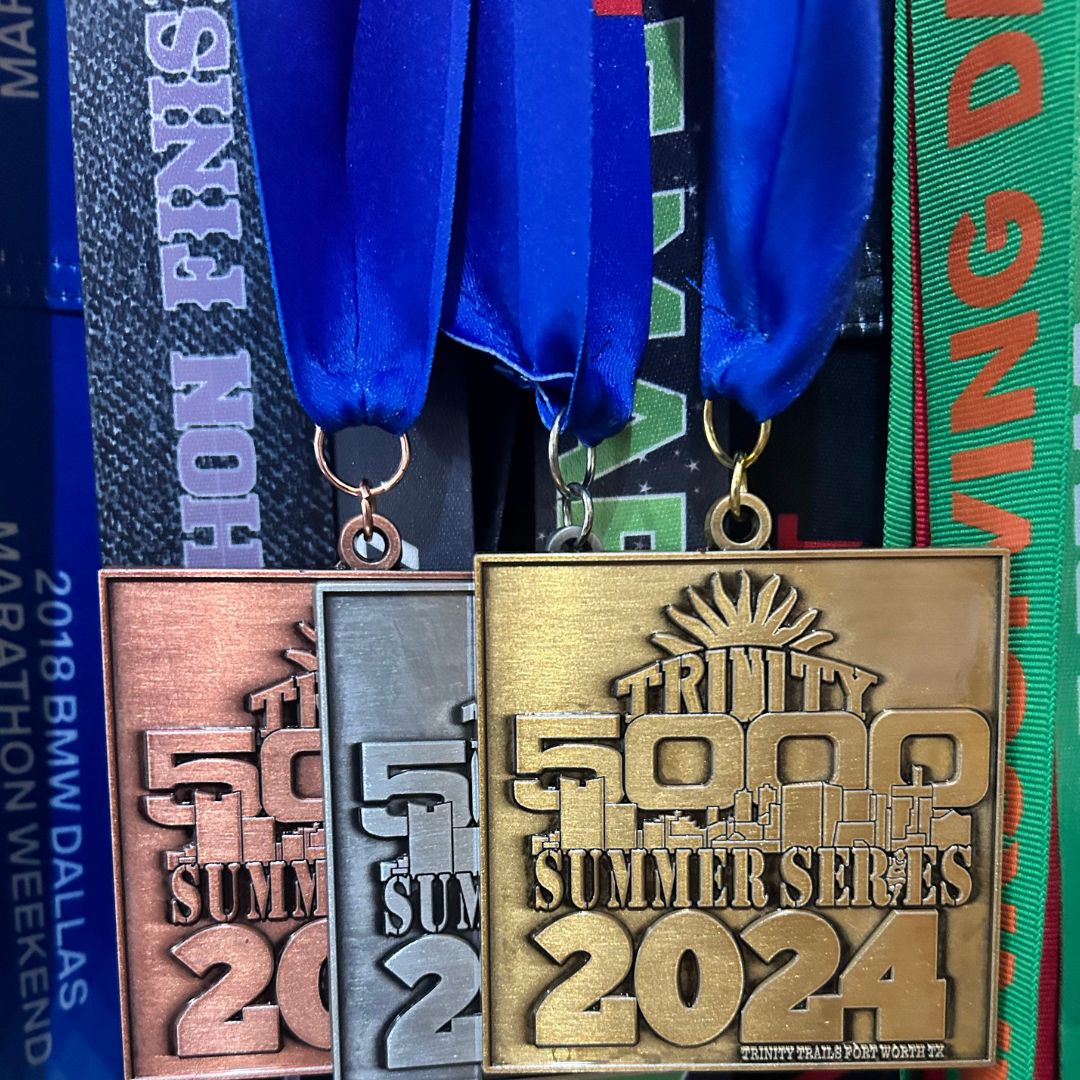












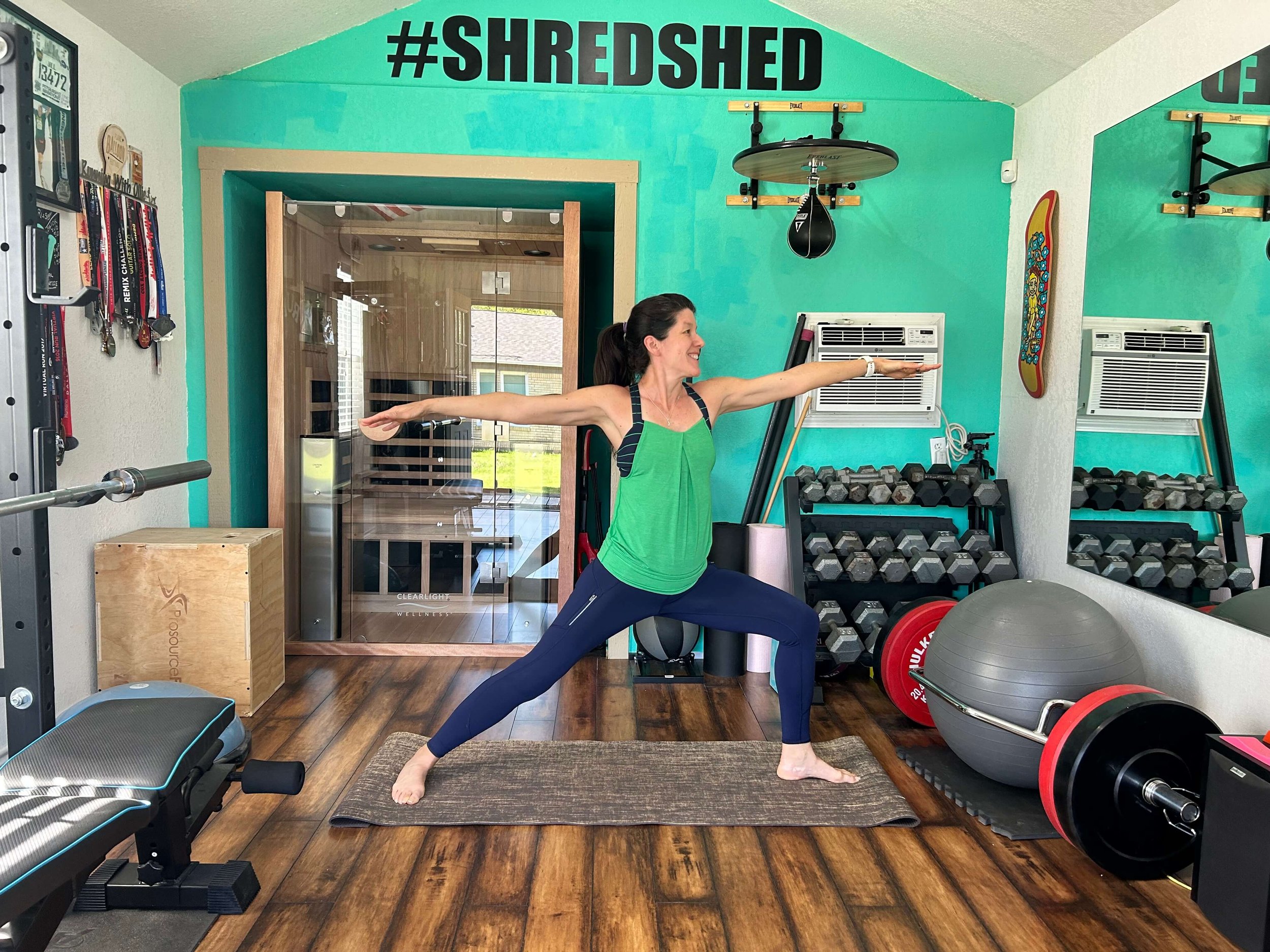



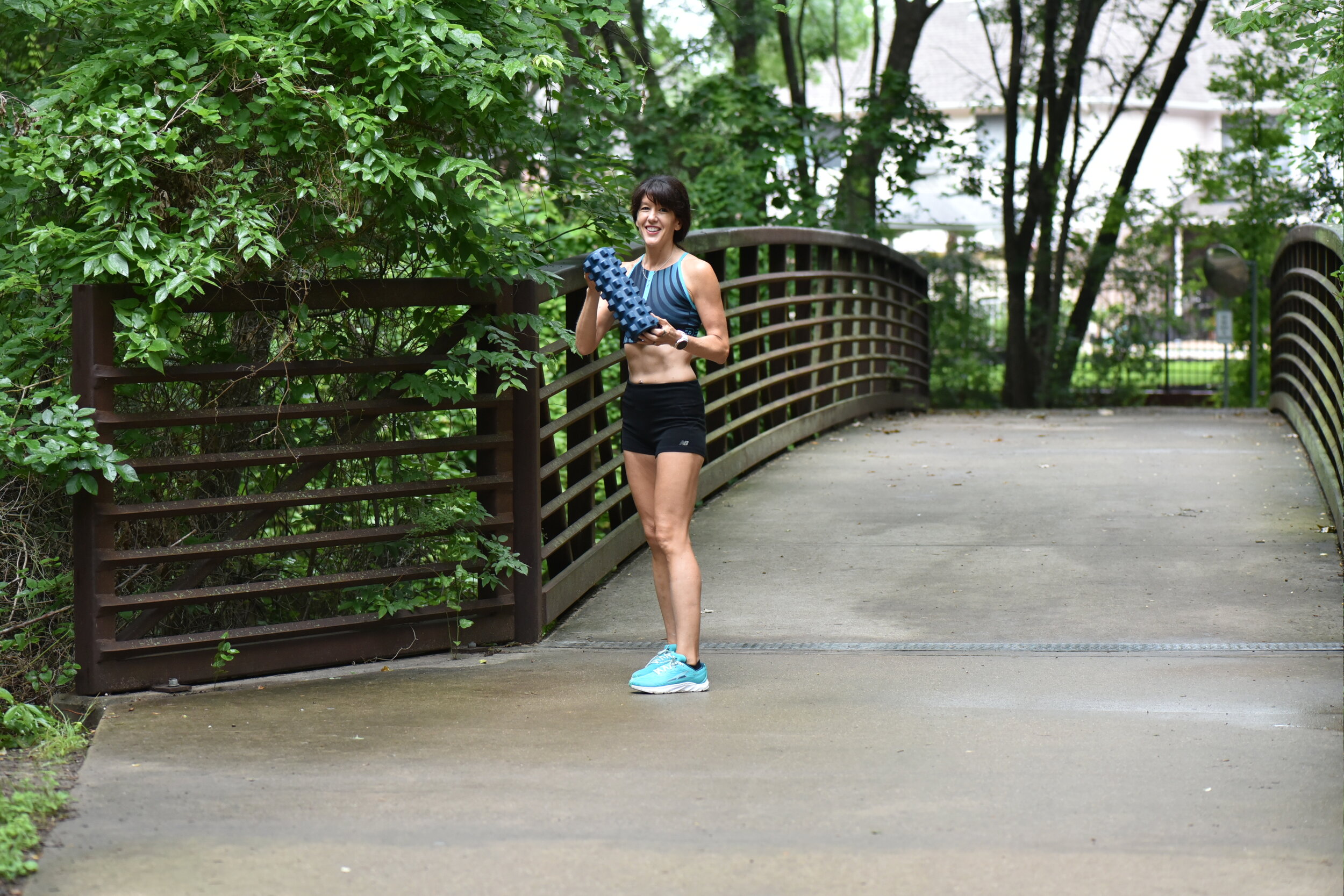













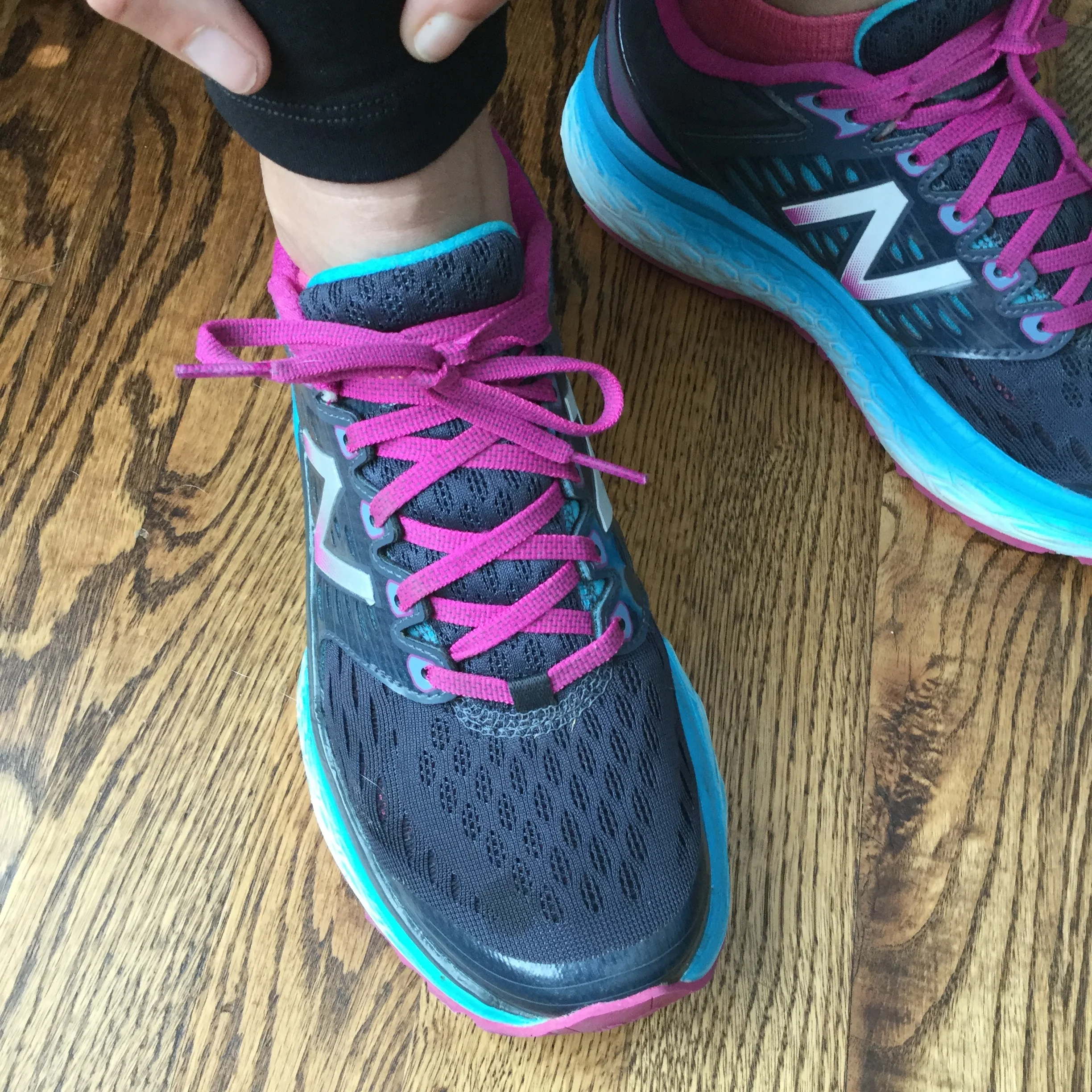



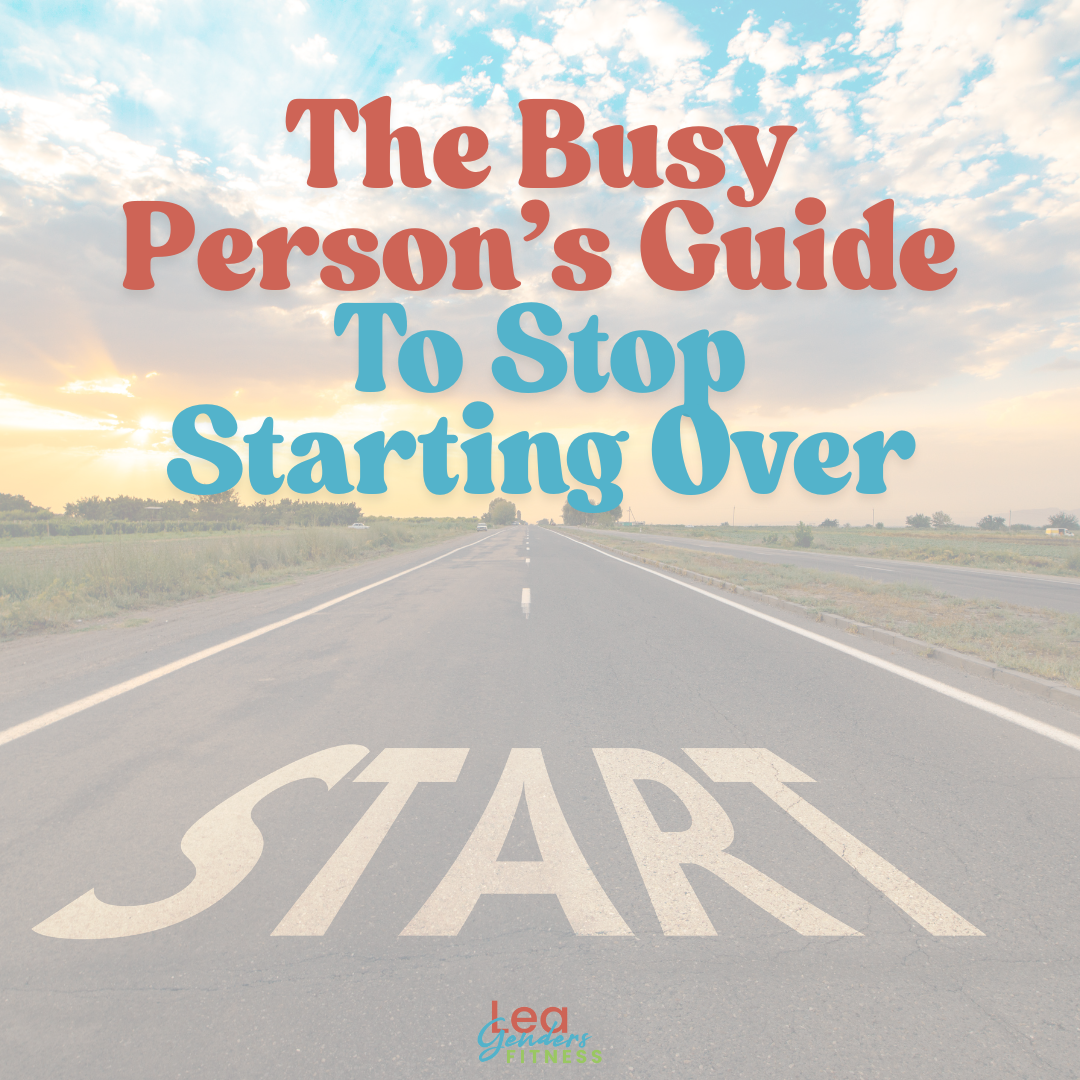











A lot of nutrition guides for half marathon training are overly complicated and aimed at elite athletes, which can be intimidating for the average runner. This blog post is about taking the pressure off by treating your fueling as a personal, no-math-required experiment throughout your 12-to-16-week training cycle. As a health coach and personal trainer, my goal is to give you simple, straightforward guidelines so you can figure out what works best for your body, ensuring you have the energy needed to train well, recover fully, and cross the finish line feeling strong.